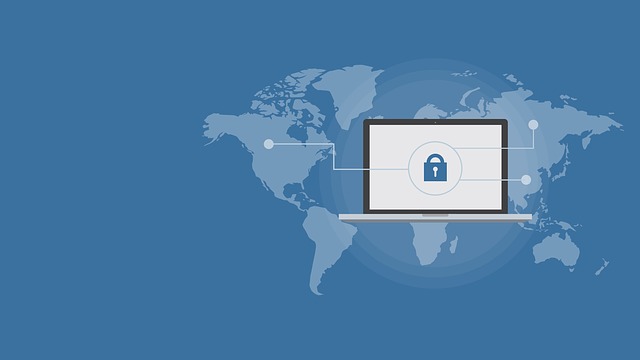
It’s 2018 and the Internet has pretty much taken over every aspect of daily life. Our smartphones are a fifth limb. Our entire lives are online; and so is all the personal information your clients have trusted you with. And it doesn’t matter how many firewalls and anti-virus software you install. Even the most secure of corporations and government agencies have been hacked.
Most of the household name companies we’ve come to rely on have had issues: Target. Anthem. American Express. Yahoo. Equifax. And what’s more problematic is that every day, we’re coming to rely on smart items as if our lives depended on it: smart security systems, smart homes, smart toys. There are even smart refrigerators. In 2016 alone, over two billion personal records were stolen. All a hacker has to do to get a glimpse into our sensitive data and steal information is to break into one of these devices, and voilá. They own you.
So what can you do to amp up your cyber security?
1. Multi-factor Authentication
Passwords are so easy to figure out; yet most people are still using them as their only source of protection. What’s worse, it’s still common to use the same password across different websites. Yet weak passwords are one of the leading causes of cyber security breaches. Increase your security by implementing several authentication requirements before a user can access data. You can do this by sending a code to a user's phone once the user name and password is entered à la how Facebook and Gmail requires when logging in from a new browser, requiring users to answer security questions, or using biometrics (as explained below).
2. Use Biometrics
If at all possible, use facial, retina scan, or fingerprint recognition as a log in method. Passwords can be guessed or stolen. Your physical identifying traits cannot. Biometrics are also convenient, because an authorized user won't run the risk of forgetting log-in information, or losing an access card. Make sure they’re encrypted while stored to protect your identity.
3. Back up Your Data
This cannot be stressed enough. Make it a company policy to regularly back up your data. This is non-negotiable, and no excuses are valid for failing to do so. The reason Ransomware has been so successful is precisely because people needed to get their information back. And use multi-factor authentication for the backed up copies as well.
4. Set up Separate Wi-Fi Accounts
If you allow clients to use your business Wi-Fi, provide a separate connection from the one your business uses for its daily operations. Shared Wi-Fi is one of the easiest ways for third parties to access your information.
In a worst case scenario, you can attempt to do data recovery; but why try to mitigate damages when you can try to prevent them in the first place? At Soaring Eagle Database Consulting, we can help you with both: database health check (to patch vulnerabilities), and database recovery. Contact us and let’s’ talk about what we can do for your business security.



